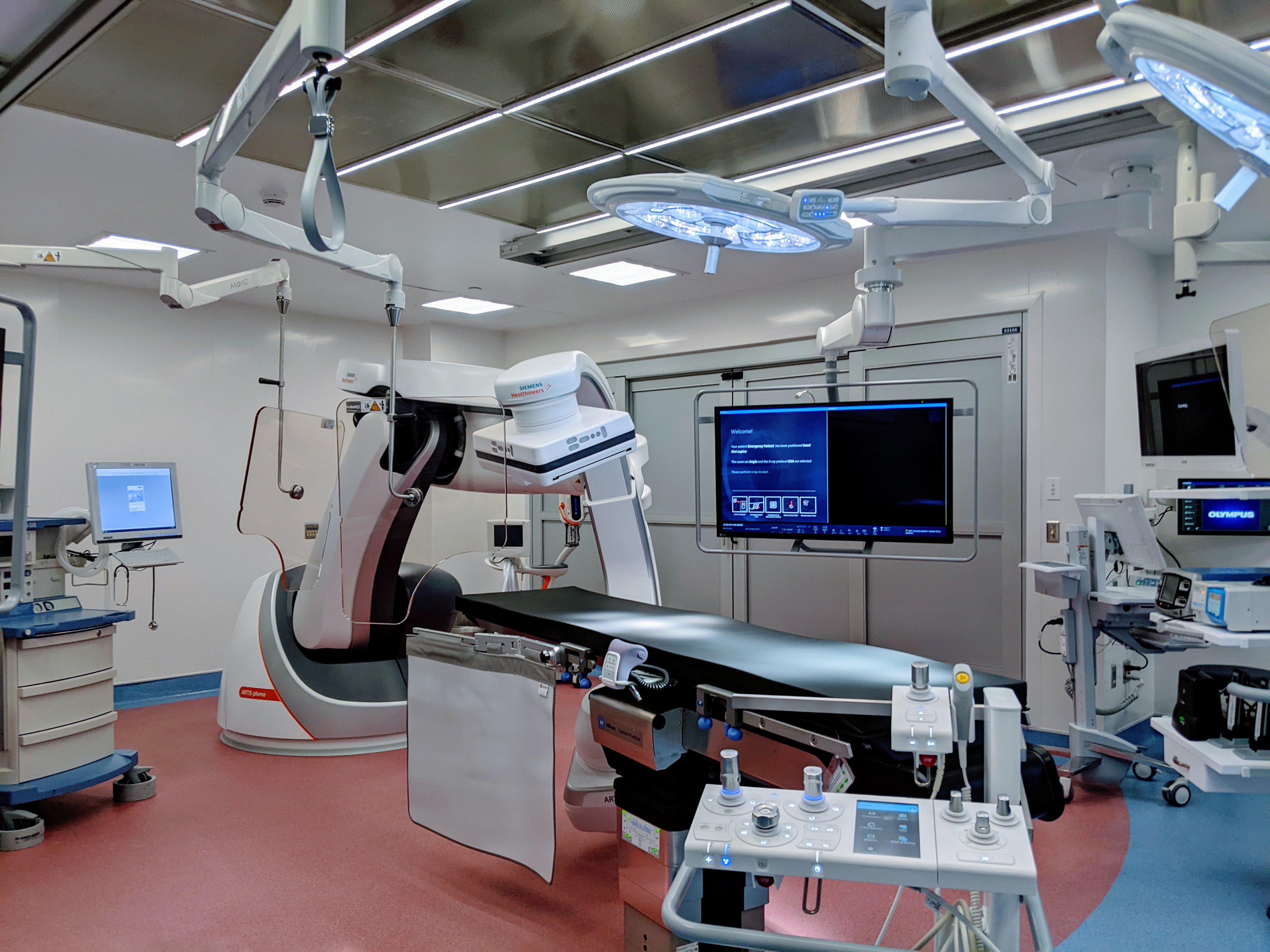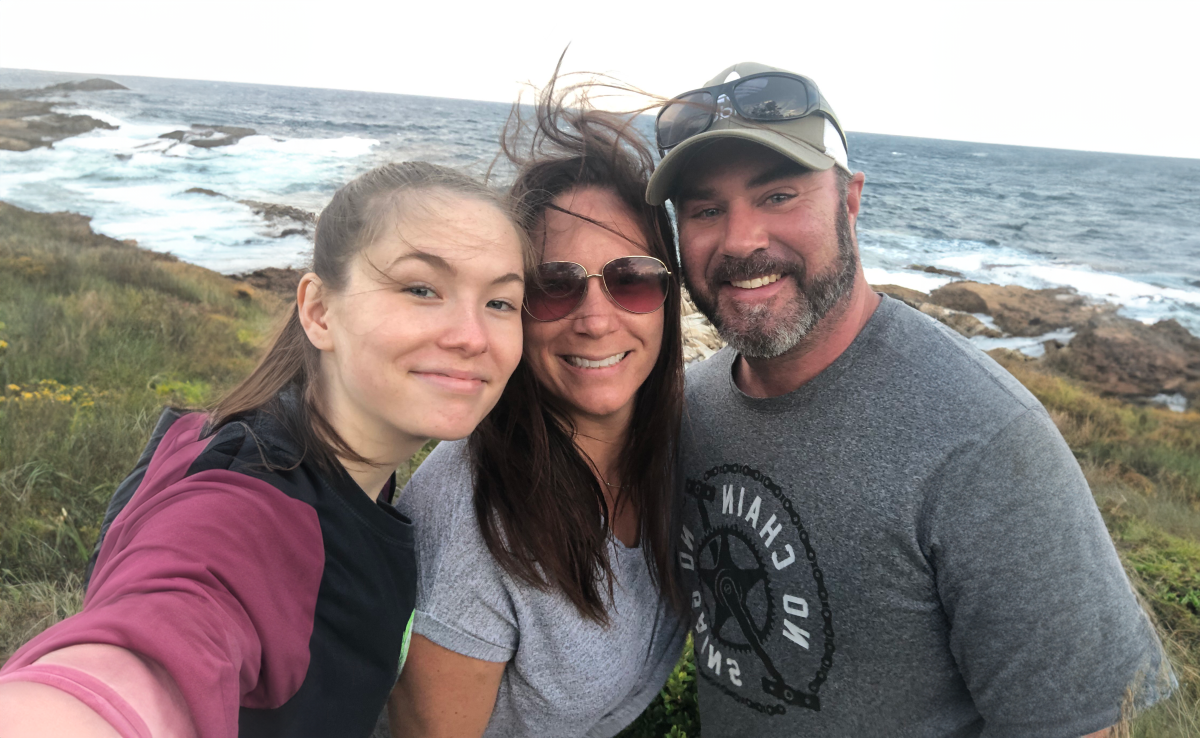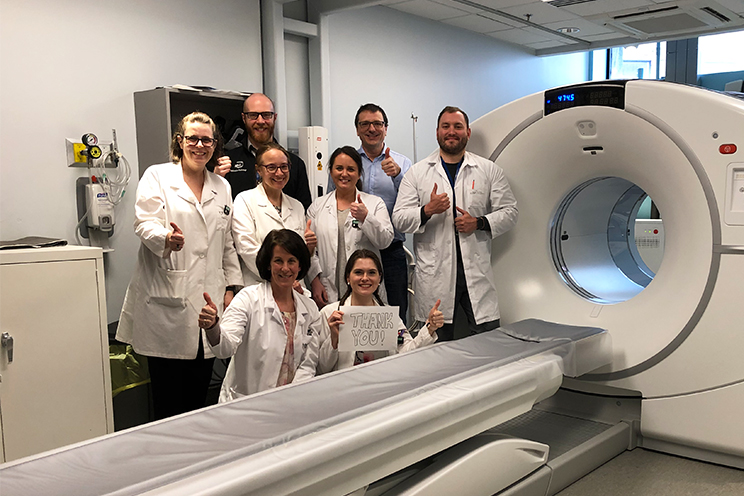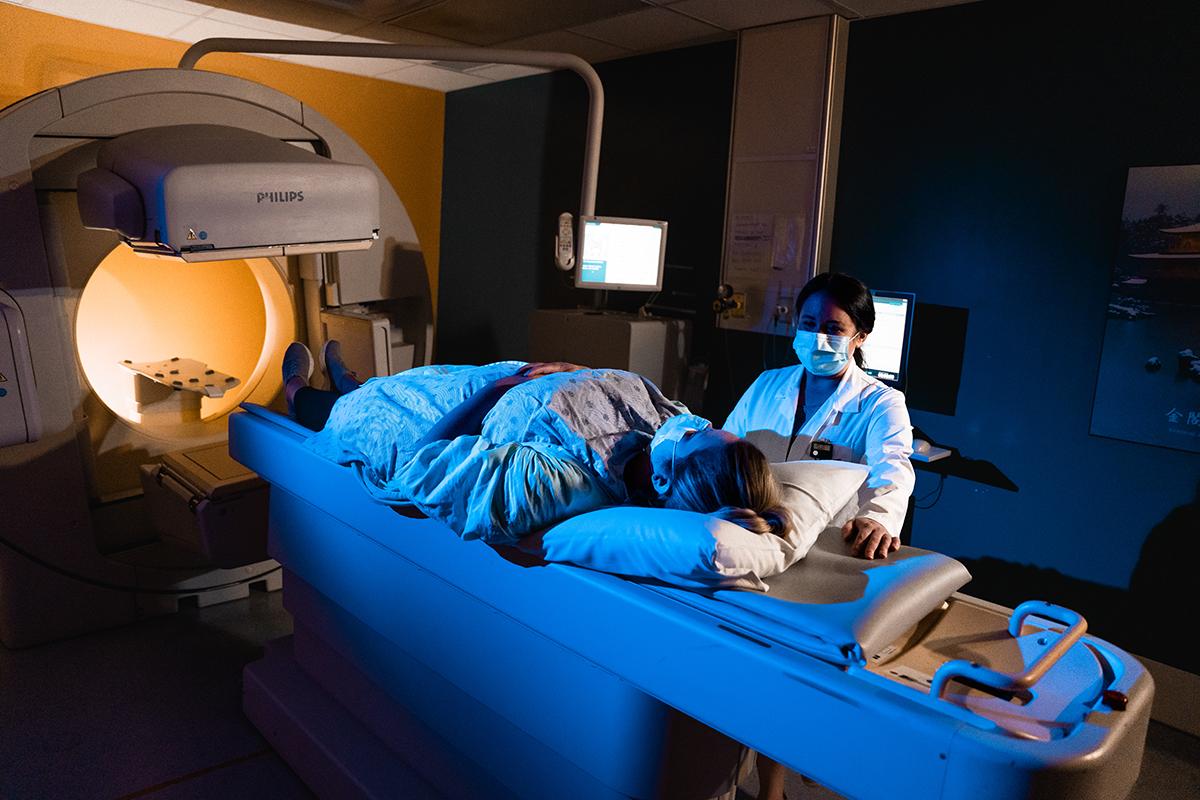Originally published in QEII Times.
Tom Murdoch credits a positive attitude, a skilled QEII team, and many generous QEII Foundation donors for enabling his first-in-the-world cancer treatment.
Author: Tanya MacLean
Pictured: Tom and Ann Murdoch
When asked how it felt to be the first patient Canada to be scanned on Ethos technology equipped with new HyperSight™ imaging, Tom Murdoch’s response is crystal clear.
“It was a true honour. I was filled with pure excitement and extreme gratitude. Gratitude for the technology, for the entire healthcare team, and for the community who stepped up to make it happen.”
In January 2024, the QEII Health Sciences Centre made cancer care history in Canada by using Ethos technology, paired with HyperSight imaging to deliver Tom’s radiation treatment.
The goal of this innovative technology and its accompanying research is unlocking fewer radiation treatments, better cancer outcomes, and reduced side effects. Its capability to deliver precise treatment, while responding and adapting treatment plans in real-time, was just what Tom needed.
Despite being monitored for several years for rising levels of prostate-specific antigens (PSA), which can indicate cancer of the prostate, the fall 2023 cancer diagnosis still came as a shock to Tom and his wife, Ann.
“When you hear that your loved one has cancer, you just want it out of their body,” recalls Ann.
But as Tom and Ann learned, it’s not that simple and surgery is not always an option. They were told Tom needed to have radiation treatment.
It was a serendipitous moment in time – Tom requiring radiation and Ann hearing in the media of new, first-in-the-world radiation technology at the QEII.
“I asked if Tom was a candidate for the new treatment equipment,” shares Ann, who recalls a meeting with Tom’s radiation oncologist, Dr. David Bowes. “Low and behold, the Ethos team happened to be just down the hall and after a quick meeting, Dr. Bowes came back and informed us ‘you are patient number one’.”
It was determined that Tom was in fact, an ideal patient. When seeing the technology for the first time, both Tom and Ann were astounded at the size and complexity of the equipment, and the fact that it was fully funded by donors to the QEII Foundation.
Nearly 13,000 donors generously invested $8.5 million as part of the QEII Foundation’s We Are campaign to fully fund the personalized radiotherapy equipment – including a $1-million donation from BMO, a $500,000 gift from the WM Fares Family Foundation, a significant investment from the MacDonald family and the Jack and Joan Kiuru Foundation, as well as the incredible dedication of riders and supporters of the 2022 BMO Ride for Cancer.
“It was profound to see the equipment and know that our community went to bat for this. It is only because of the donors that I was able to experience this level of care,” shares Tom. “By the time I had my first radiation appointment, I already felt like part of the QEII family”.
Tom approached the entire journey with a positive attitude. “I liked to greet the healthcare team at the start of each appointment with a ‘good morning, Houston’”, as the Ethos equipment and area reminded Tom of a Nasa space centre.
For approximately 20 days, Tom and Ann came to the QEII for treatment. Tom diligently recorded any symptoms and was an active participant in his treatment plan. He described how his healthcare team listened and altered the treatment as needed along the way.
Late May, Tom had his first three-month check following treatment. All his nervousness melted away when he heard Dr. Bowes say, “your cancer has been successfully treated."
“What a privilege to hear those words. I am just so grateful, with a capital G. The level of compassion, the expertise of the entire medical fraternity, all of it,” says Tom. “I am also incredibly grateful for my wife, who was my biggest advocate. Without her, this all wouldn’t have been set in motion.”
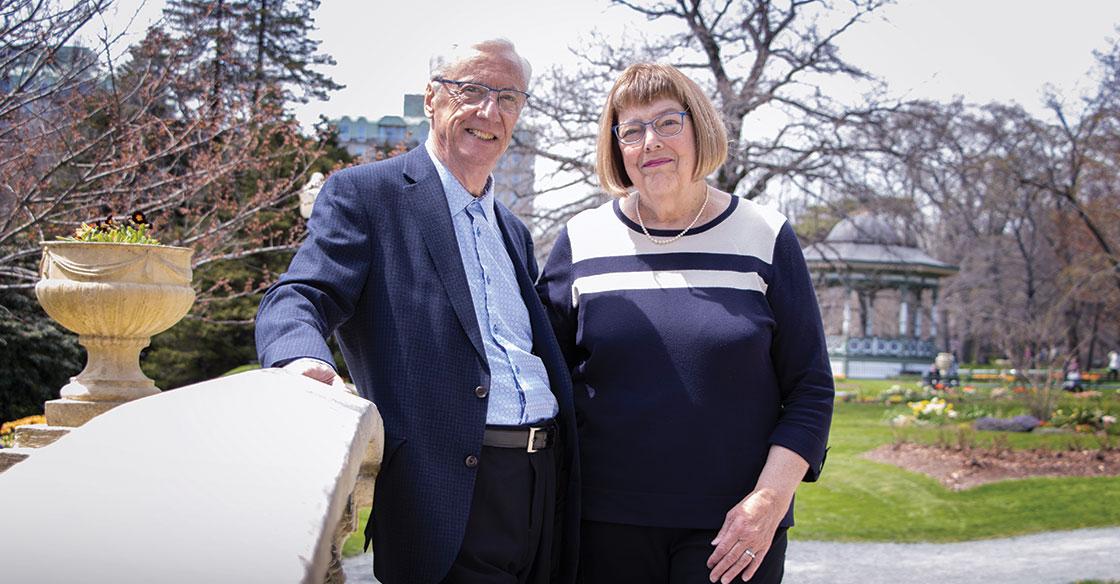
 -19_web masthead.jpg)

